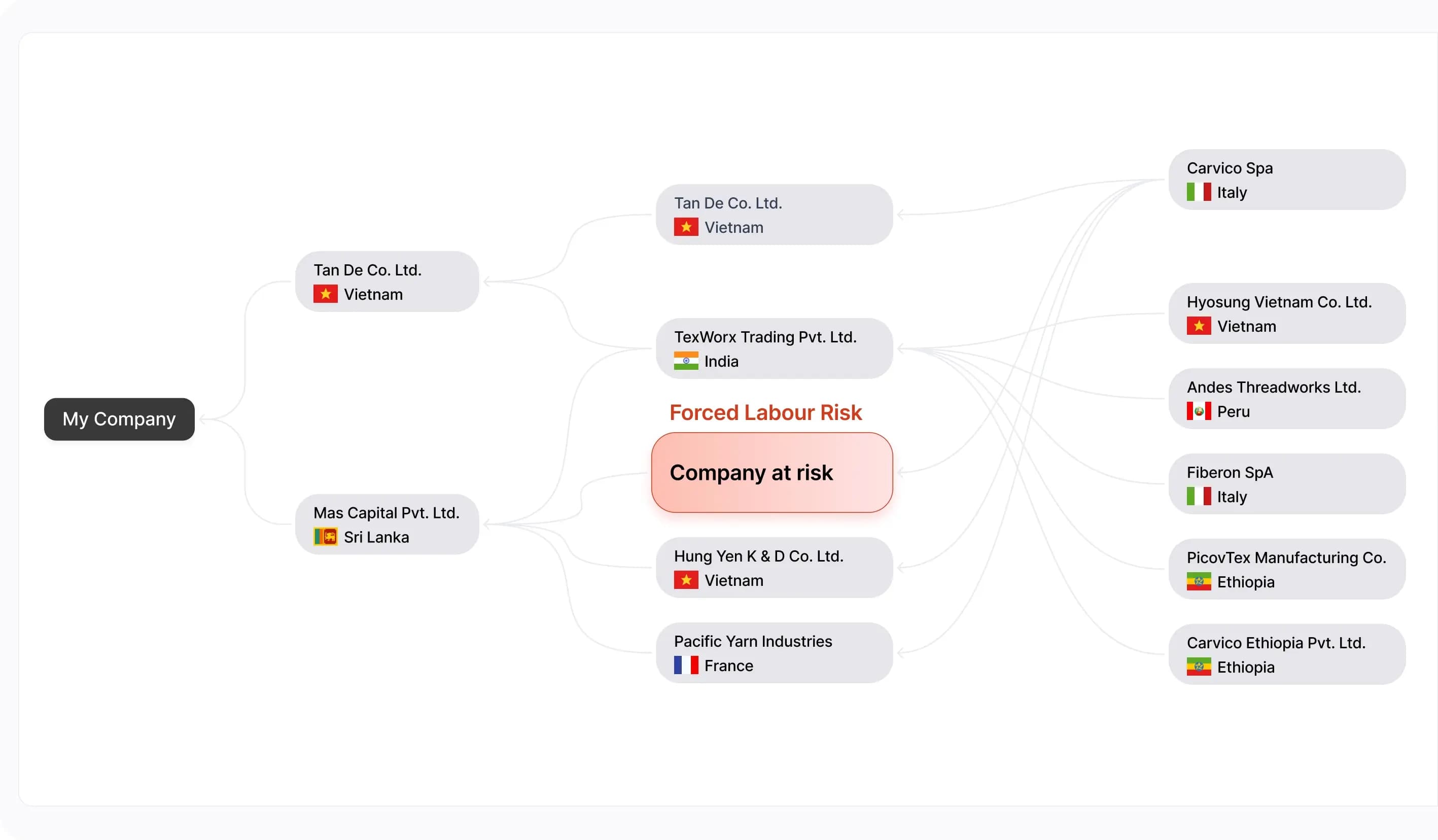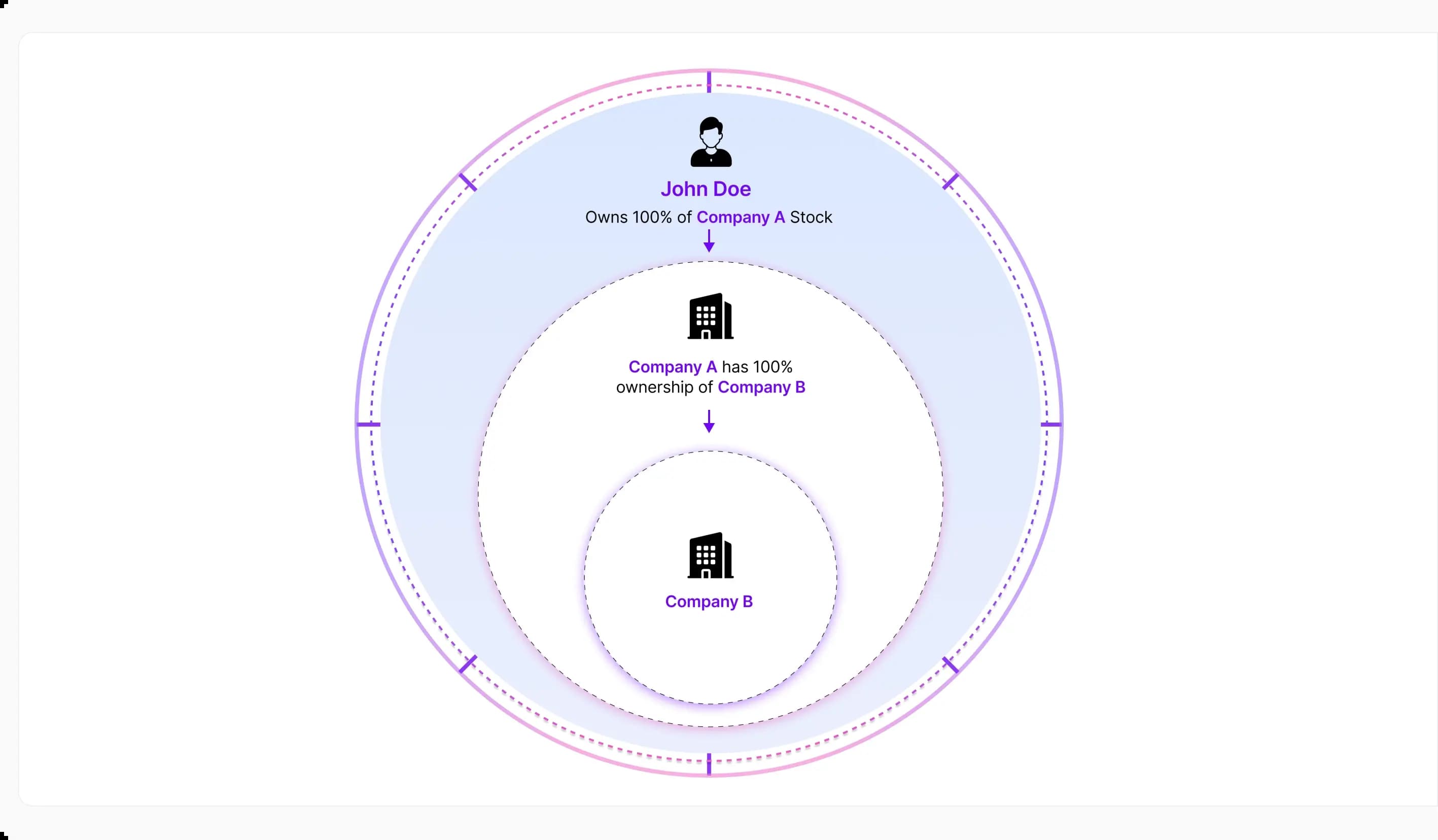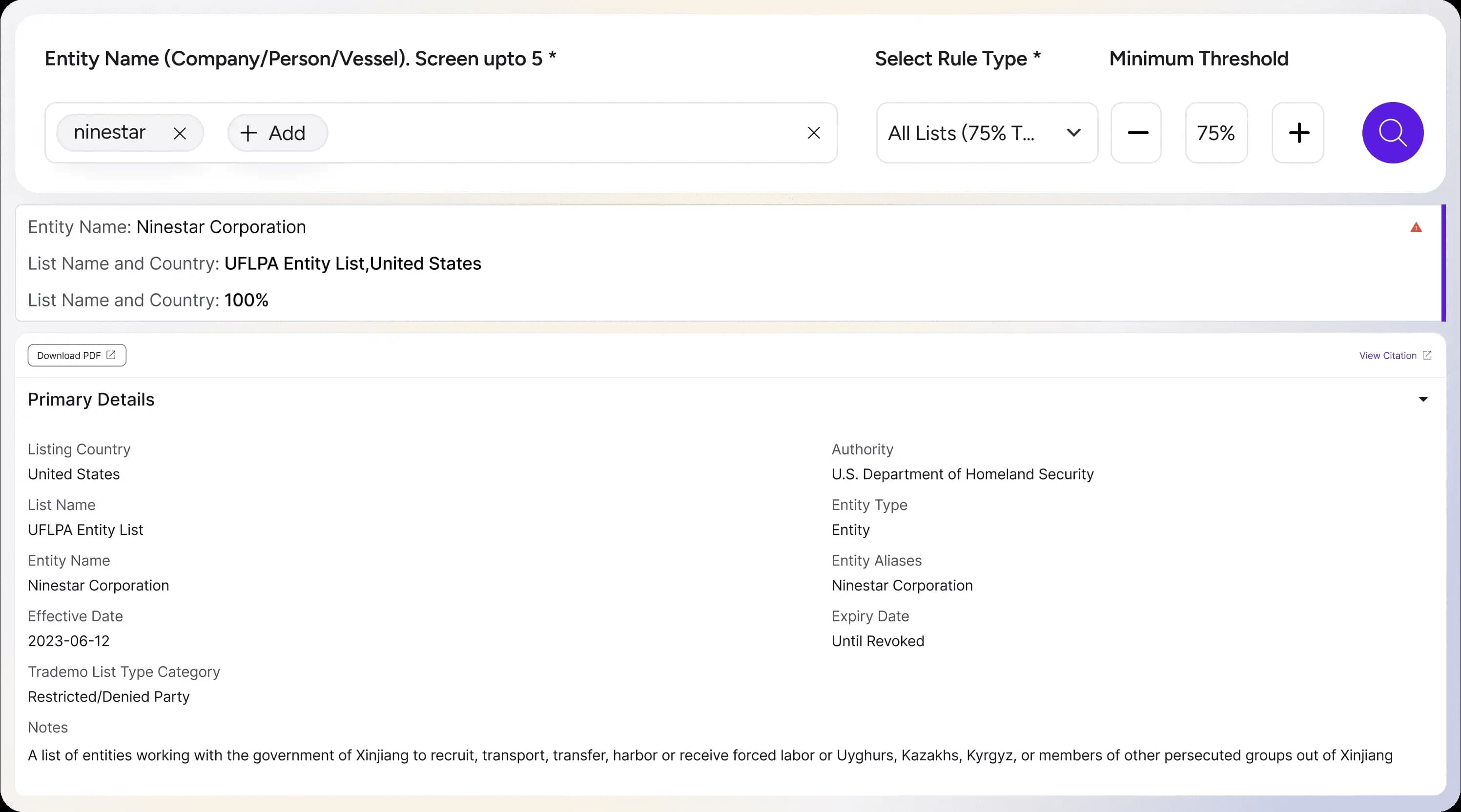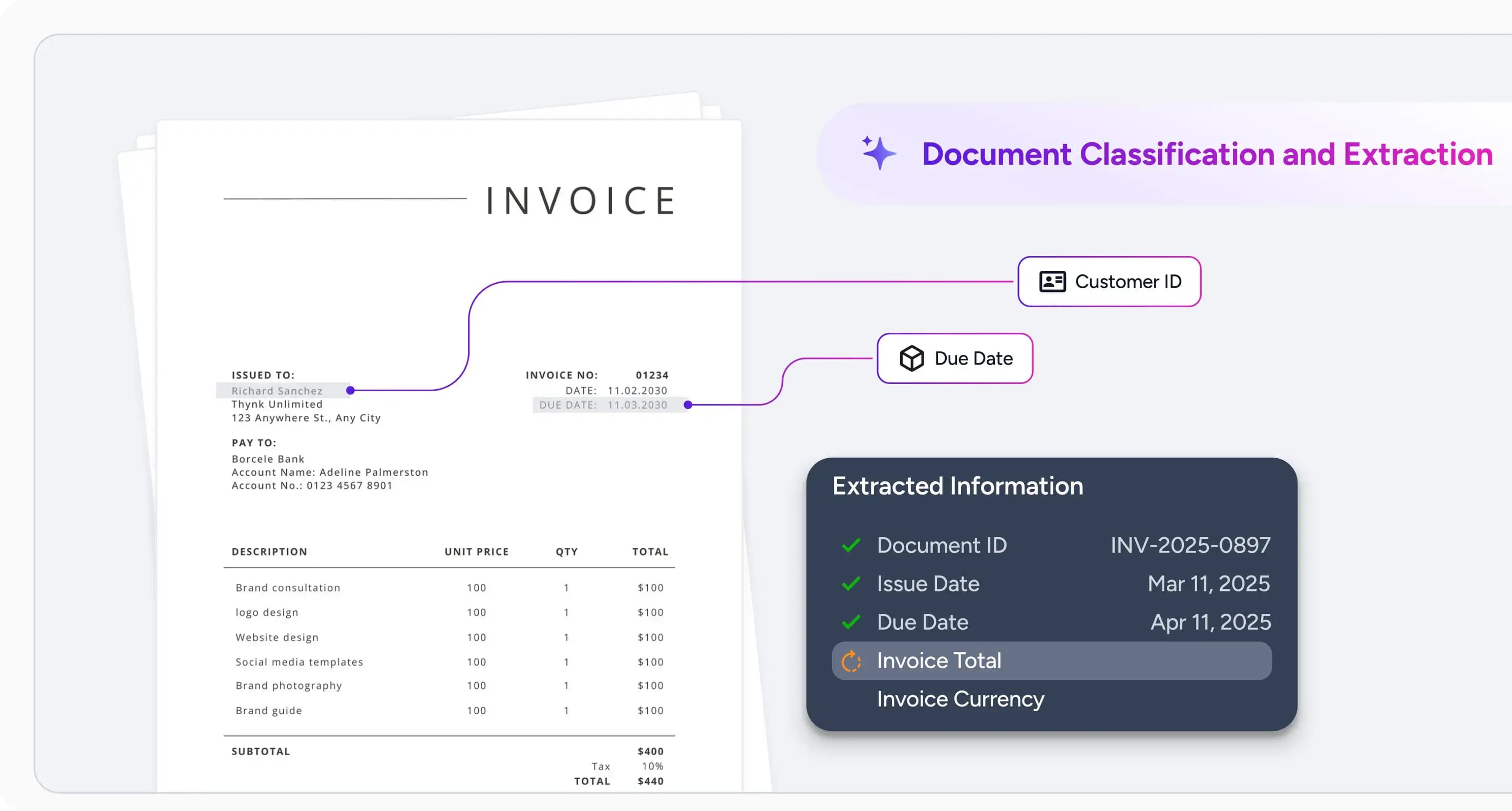Automated Trade Compliance for Customs & Law Enforcement
Trademo empowers Customs and Law Enforcement agencies with real-time trade intelligence, automated compliance tools, and deep visibility into global supply chains. From uncovering forced labor and sanction links to detecting misclassifications, tax evasion, and high-risk shipments, Trademo empowers your team to make faster, smarter enforcement decisions.
Rated 4.8/5 based on 120+ reviews

Strengthen Trade Visibility & Supply Chain Risk Management
Trademo Map utilizes advanced graph technology and AI to provide unparalleled visibility into multi-tier supply chains. By analyzing over 700 million trade transactions across 190+ countries, it enables authorities to trace the flow of goods, identify upstream and downstream partners, and detect potential risks such as associations with sanctioned entities or forced labor suppliers
Mitigate forced labor risks by screening suppliers against UFLPA, WROs, the SHU framework, and ASPI entities, and also by identifying shipments linked to high-risk origins and entities, such as those from the Xinjiang region, to ensure compliance and prevent supply chain disruptions.
Trademo’s Entity Resolution helps agencies uncover hidden risks by mapping ownership structures, identifying linked entities, and automatically screening them against global sanctions and watchlists. This capability enhances the accuracy of compliance checks and risk assessments by resolving discrepancies in entity identification.
Explore Multi Tier Supply Chain Flow
Explore
Comprehensive Trade Compliance & Risk Intelligence
Trademo supports customs authorities and law enforcement by enabling real-time screening of shipments for dual-use, hazardous, restricted, and prohibited goods. By providing instant visibility into country-specific trade restrictions, OGA/PGA regulations, and control lists, to mitigate risks, accelerate due diligence, and facilitate secure, compliant cross-border transactions.
Trademo equips Customs and Law Enforcement with real-time screening against 660+ global sanctions and PEP lists, enhancing detection of high-risk trade activities. This strengthens AML enforcement and border security, ensuring swift, accurate action against illicit and non-compliant shipments.
Customs and law enforcement agencies can use Trademo to detect tax evasion and trade-based money laundering by identifying under/over-invoicing, HS code misclassification, and suspicious trade routes. Trademo’s platform help you uncover shell companies and circular trade patterns, enabling faster, intelligence-led investigations.
Trademo provides critical insights into maritime activities by monitoring vessel movements and identifying potential risks. Our maritime sanctions list flags vessels and entities linked to sanctions violations by government and port authorities.
Automate Document Classification & Extraction
Trademo offers advanced document management capabilities to precisely classify and extract information from a diverse range of transaction documents (Certificates, BoL, invoice, packing slip, etc.) with even inconsistent formats and data structures.
Key Solutions
FAQs
How can authorities trace goods across complex global supply chains?
Customs and enforcement agencies can use Trademo to gain full visibility into multi-tier supply chains, tracing goods from origin to destination and identifying upstream and downstream entities involved in the trade.
What is the most effective way to detect forced labor in supply chains?
Trademo screens suppliers against forced labor frameworks like UFLPA, WROs, SHU, and ASPI, helping enforcement teams detect links to high-risk regions and prevent the import of non-compliant goods.
How does trade data help uncover tax evasion and money laundering?
Trademo identifies suspicious patterns like over/under-invoicing, circular trade routes, and shell companies, giving authorities critical intelligence to investigate trade-based tax fraud and financial crimes.
How can enforcement teams monitor vessels for maritime sanctions violations?
Trademo tracks vessel movements and flags ships associated with sanctioned entities or illicit maritime activity using global port and government data, helping authorities act before goods enter their jurisdiction.
Is it possible to automate trade document validation and classification?
Yes. Trademo automates document identification and mapping based on product type, transport mode, and trade lane, reducing clearance delays, improving accuracy, and streamlining compliance enforcement.
How to identify dual-use or restricted goods?
With Trademo’s trade controls intelligence, customs teams can instantly screen goods based on product classification, country of origin or destination, and regulatory restrictions to detect dual-use, hazardous, or controlled shipments.
APIs
Data License
Solutions
Pricing










































